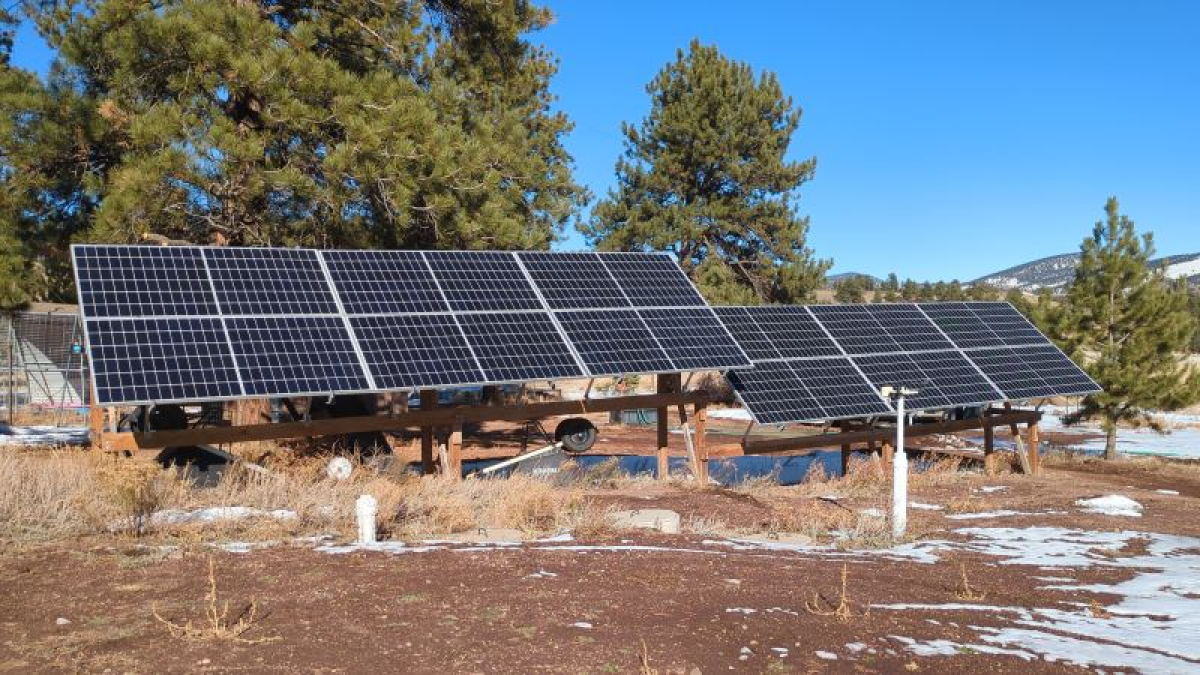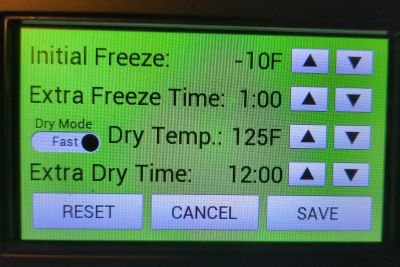ARE WE PREPPERS?
You might be wondering if we are “preppers”. The answer depends on how you define “prepper”. We think that using labels to describe people are not very helpful and actually can be harmful. When you label a person, you put them in a “box” and you think you know all about them. The label that you assign to a person leads you to define that person as friend or foe; someone you want to be around or avoid. This isn’t at all helpful. Rather than labeling people, we need to get to know them and form opinions on our interactions with them rather than on a label.
We have seen the negative consequences of other people labeling us. So, why would we want to do the same by labeling them?
The only “label” we wish to be known by is “disciples of Jesus”. We are trying our best to build our lives on the foundation of His teaching and example.
Based on that, here are a few foundational principles (we refer to them as Kingdom principles) that we are attempting to put into practice:
We want to be good stewards of what God has given us. This is why we try to live frugally and try to take care of our bodies by engaging in activities that provide exercise, being outside and eating healthy. That’s why we garden. It’s also why we choose not to participate in many other activities; they simply don’t help us to honor God and live the way we think He wants us to live.
We recognize that loving our neighbors as ourselves (including our enemies) is a top priority. This is one of the reasons that we store up food, so we can share with others when there is a need. If there is an apocalypse, we’re not going to shoot people who need food, we’re going to share with them. If we run out of food, we all run out together.
There are many other applications to Kingdom principles that influence our lives and the decisions we make. Hopefully, you get the idea from the ones we listed.
So, are we preppers? We really don’t care for labels. But, if you insist, you can make that determination for yourself.
For more details about how we’ve been preparing, go HERE.


 ELECTRICITY
ELECTRICITY Our house is heated with propane, and our range/oven is propane, so we recently got a large propane tank that should keep us supplied for 3-4 years. Since our electricity is supplied by the sun, we try to limit our propane use by cooking with countertop electric appliances as much as possible, such as the Instant Pot & Air Fryer. Our generator is also rigged up to run off the large propane tank as a backup.
Our house is heated with propane, and our range/oven is propane, so we recently got a large propane tank that should keep us supplied for 3-4 years. Since our electricity is supplied by the sun, we try to limit our propane use by cooking with countertop electric appliances as much as possible, such as the Instant Pot & Air Fryer. Our generator is also rigged up to run off the large propane tank as a backup. This year we purchased a
This year we purchased a 
 When first setting up the freeze-dryer, change the “Extra-Dry” time setting from the 2-hour default to 12 or more hours. This doesn’t mean it will actually run for 12 hours, but gives you the flexibility to check & unload at your convenience, not the middle of the night or not when you’re away from home.
When first setting up the freeze-dryer, change the “Extra-Dry” time setting from the 2-hour default to 12 or more hours. This doesn’t mean it will actually run for 12 hours, but gives you the flexibility to check & unload at your convenience, not the middle of the night or not when you’re away from home.